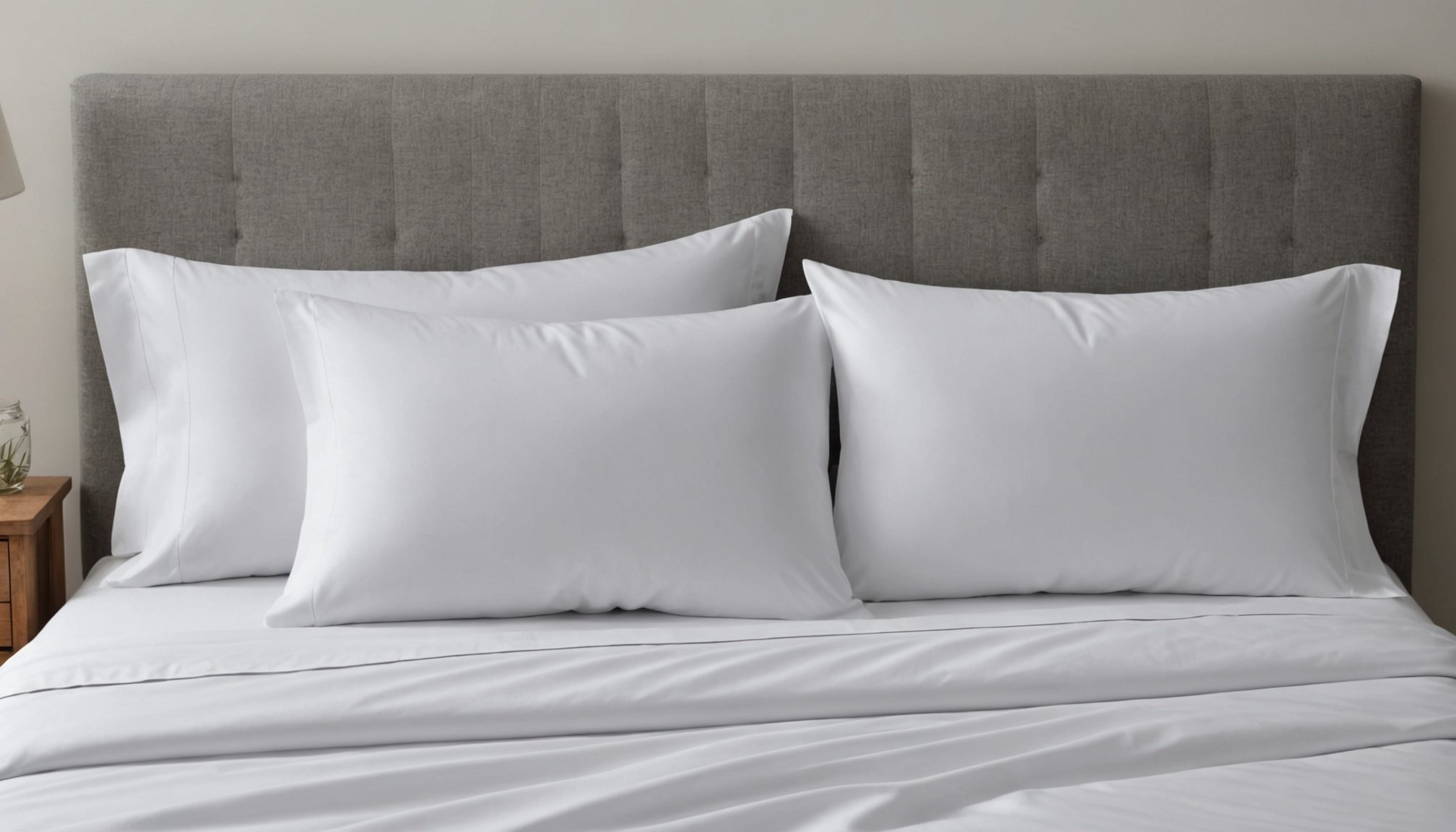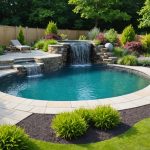Understanding Thread Count in Bedding
Thread count is a measure crucial to bedding comfort, particularly in humid conditions. It refers to the number of threads woven together in a square inch of fabric. This includes both horizontal (weft) and vertical (warp) threads. Common misconceptions suggest that higher thread count automatically means better quality and comfort. However, this isn’t always the case.
While higher thread counts can result in finer, softer bedding, overly high counts can be a marketing gimmick. Manufacturers may twist multiple threads together to artificially inflate the count without improving comfort. For optimal bedding comfort, especially in humid areas, it’s essential to focus not just on the number, but the quality of the threads used.
A lire en complément : Smart Water-Saving Tips for UK Homeowners: Efficient Ways to Maintain Your Backyard Pool
Natural fibres like cotton or linen with moderate thread counts (between 300 and 500) can offer the best balance. They allow the fabric to breathe, preventing excessive humidity build-up, thus enhancing comfort. Understanding the dynamics of thread count can prevent purchasing errors and ensure your bedding suits your specific moisture conditions. Investing wisely in the right thread count helps achieve a restful and snug sleeping environment, no matter the humidity levels.
Ideal Thread Counts for Different Fabrics
Understanding the right thread count can significantly improve how you experience your bedding, and different fabrics require different thread counts for optimal comfort and durability.
Cela peut vous intéresser : Essential Guide: How to Transform a UK Bungalow for Enhanced Wheelchair Accessibility
Cotton Bedding
For cotton bedding, especially in humid climates, recommended thread counts usually range from 300 to 500. This count strikes a balance between softness, durability, and the ability to remain cool. Cotton’s natural breathability and moisture-wicking properties make it particularly adept at keeping sleepers comfortable. When comparing weaves, percale offers a crisp feel and superior breathability, ideal for hot and humid environments. In contrast, sateen provides a silky finish and warmth due to its dense weave, which might be less suitable for hot climates.
Linen Bedding
Linen doesn’t rely heavily on thread count because of its unique texture, but a count of approximately 80-150 is usually ideal. Linen is celebrated for its natural, breathable qualities and excellent moisture absorption, making it perfect for damp conditions. It also offers self-cooling benefits, enhancing sleep quality in a humid climate. To maintain linen bedding, regular washing with gentle detergent and air drying help preserve its integrity and softness.
Other Fabric Options
When considering fabrics like silk, bamboo, or synthetic fibers, the recommended thread counts vary. Silk needs around 600, while bamboo and synthetics can vary from 200 to 400. Each fabric type offers a unique set of pros and cons. Silk is luxurious but requires delicate care, bamboo is sustainable and breathable, while synthetics are durable but may not provide optimal moisture control. In humid conditions, choosing bamboo can often balance comfort with practicality.
Tips for Choosing Bedding in Humid Climates
When selecting bedding for humid climates, moisture management plays a crucial role in ensuring comfort. Opt for humidity friendly fabrics such as cotton, bamboo, or linen, which are known for their breathable and lightweight properties. These materials excel at absorbing moisture and allowing air to circulate, reducing the likelihood of discomfort due to heat and sweating.
Another key factor to consider is the weight and texture of the fabric. During humid months, avoid heavy quilts or thick duvets. Instead, choose lightweight bedspreads and sheets that offer flexibility and cooling sensations.
Colour and fabric patterns also impact heat management. Light colours reflect heat rather than absorb it, keeping your sleeping environment cooler. Avoid dark or saturated hues in your bedding choices to maintain a more temperate, soothing space.
For a comprehensive approach, consider bedding tips such as layering, which provides versatility. This enables you to adjust the covering according to fluctuating temperatures and personal comfort throughout the night. Keep in mind these suggestions to enhance your sleep quality while braving the challenges of humid climates.
Expert Recommendations and Product Comparisons
Understanding consumer’s needs when choosing bedding in the UK bedding market is crucial. Textile experts recommend focusing on natural materials such as cotton and linen for their breathability, especially in humid climates. These experts often highlight that high thread counts, although appealing, are not the only indicator of quality; the type of weave and material can impact comfort and durability.
Expert Insights
Textile industry professionals advocate for bedding choices that meet personal comfort preferences while accommodating environmental conditions. Experts frequently quote the benefits of Egyptian cotton and bamboo for their moisture-wicking properties, making them ideal for the often humid UK climate. For instance, a popular bedding brand like John Lewis is renowned for its premium quality and adaptability.
Product Comparisons
When comparing bedding products, consumers are advised to assess thread counts, material types, and user reviews to find the best balance between price and quality.
- John Lewis: High-quality cotton, renowned for comfort.
- Dunelm: Affordable, wide range of materials.
- The White Company: High thread count, luxury feel.
Consumer Feedback
Customer reviews often underline the significance of value for money and feel of the fabric. Many in the UK prefer bedding that remains cool and dry overnight, affirming the expert advice on breathable materials like linen and bamboo. Frequent buyer testimonials echo prioritising sustainability and ingredient-friendly options for a holistic bedding experience.











